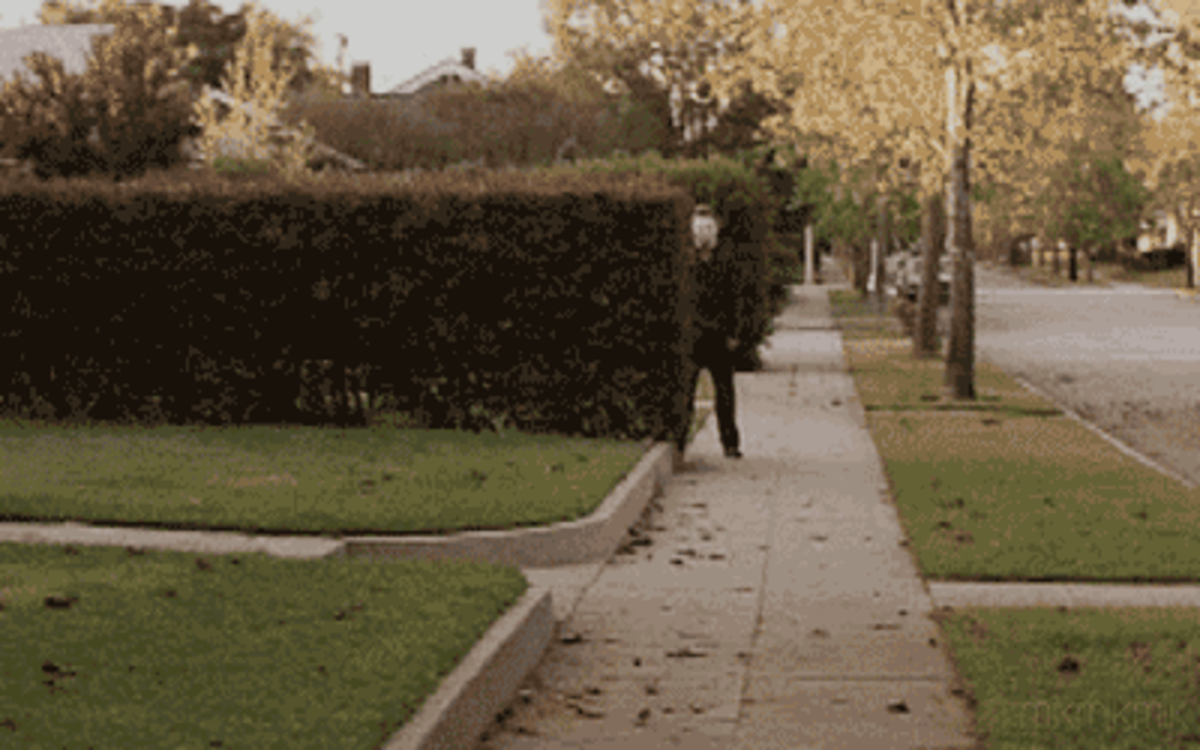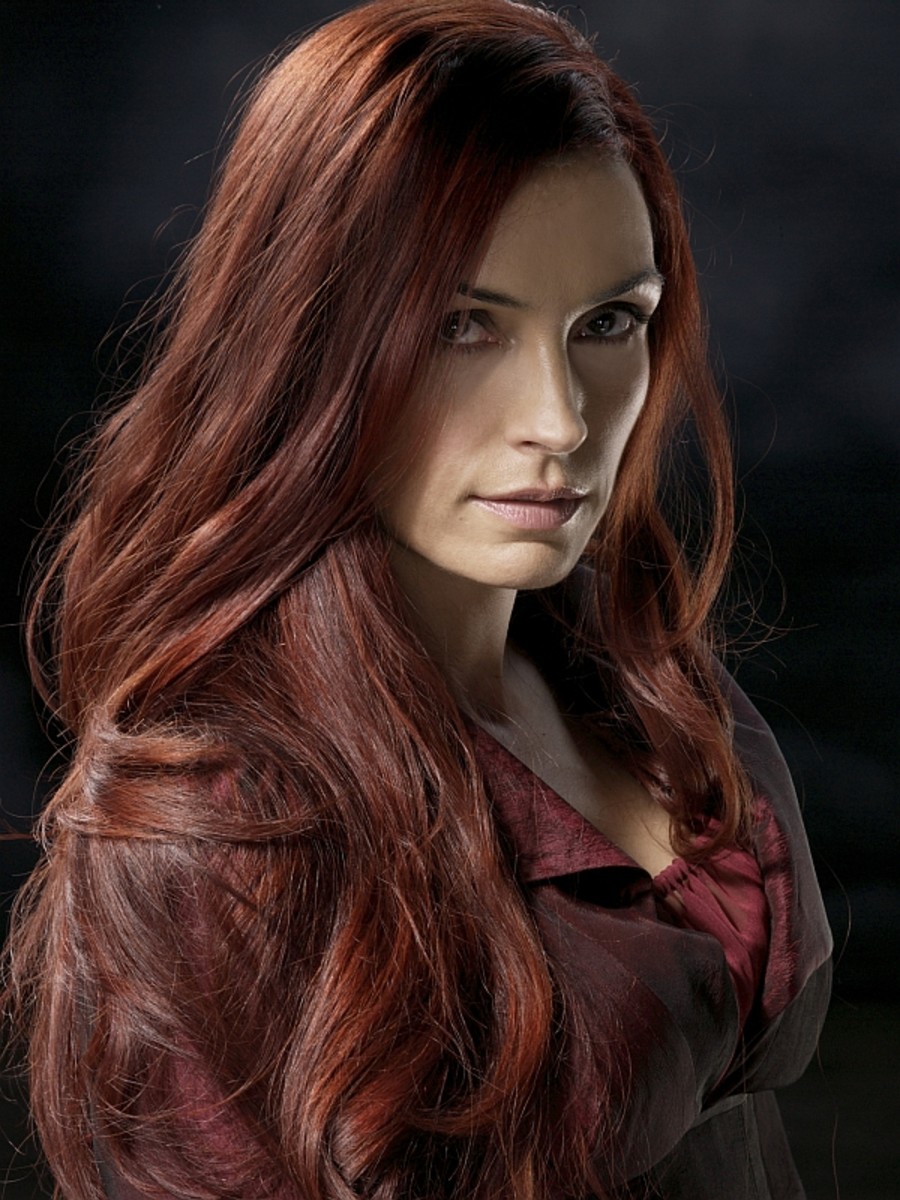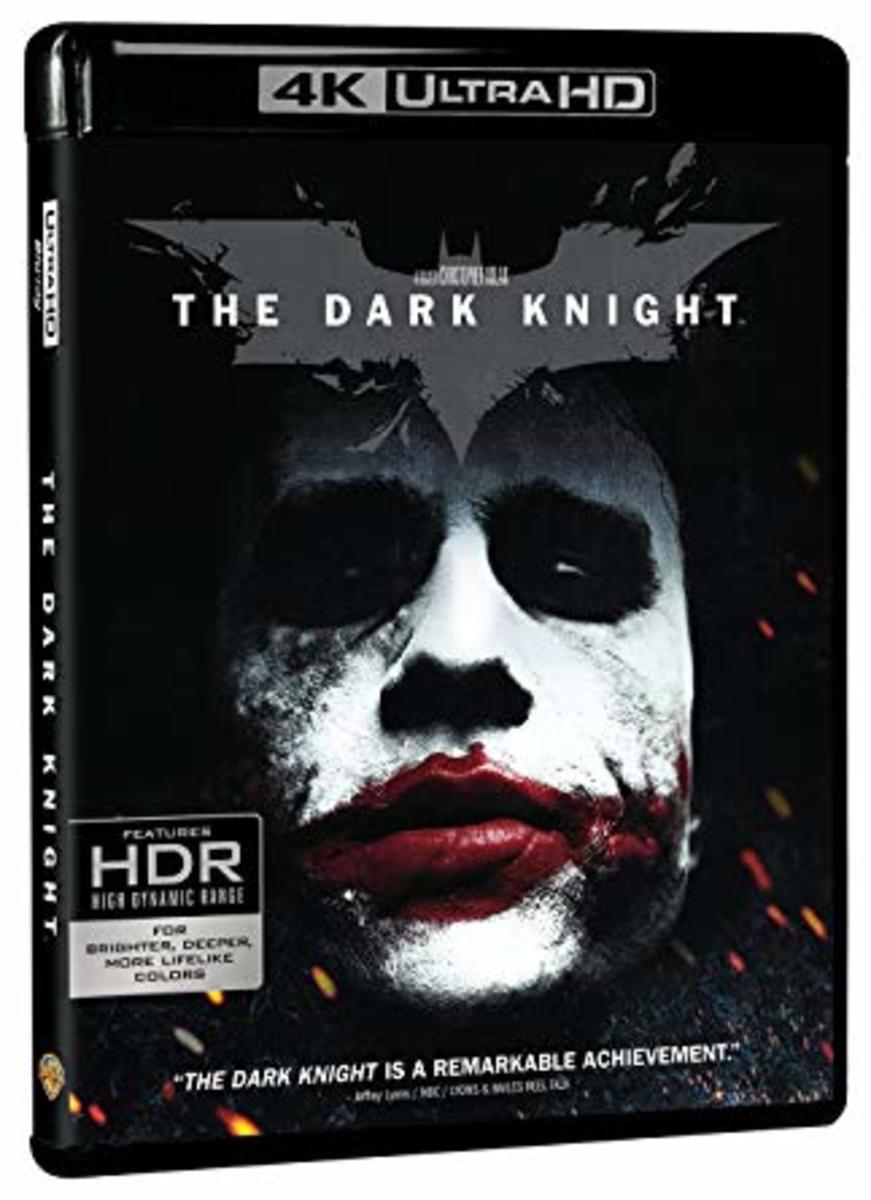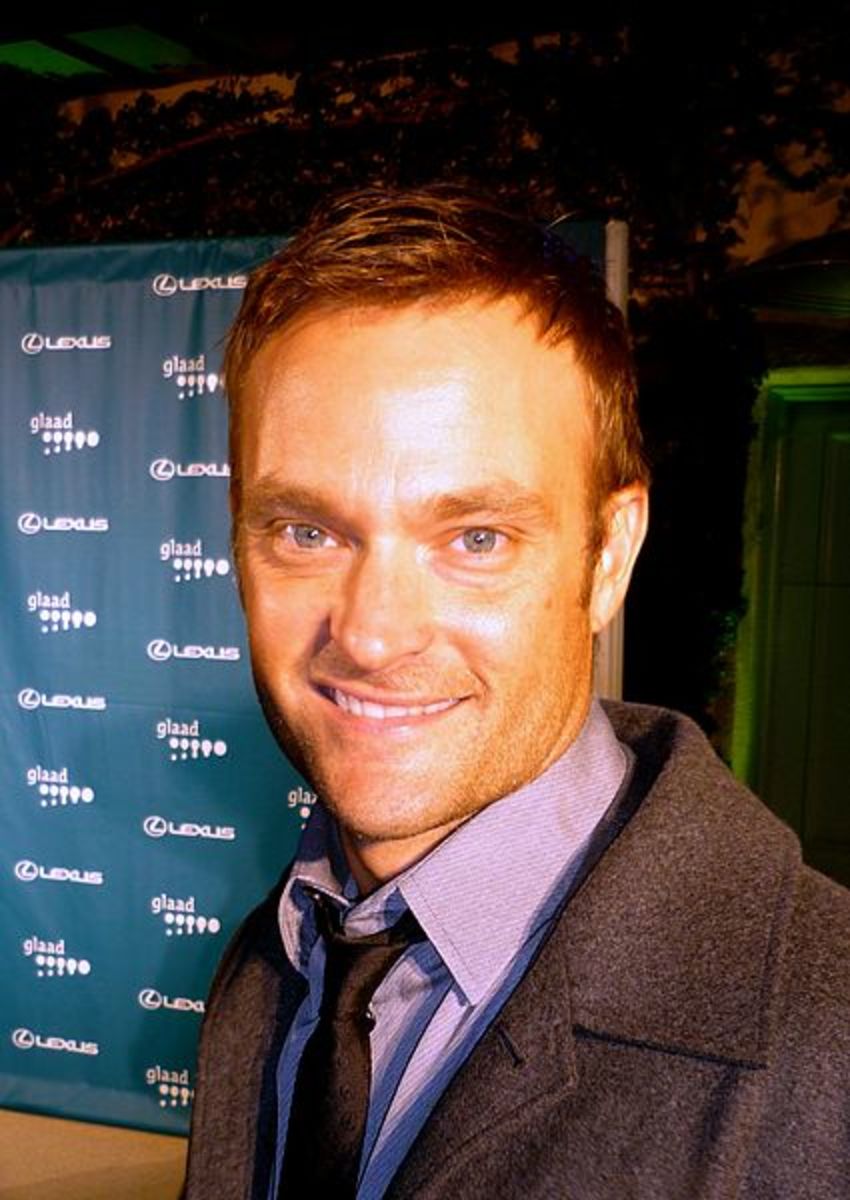Crafting the Ultimate Movie Exit: The Best and Worst Movie Demises in Recent History
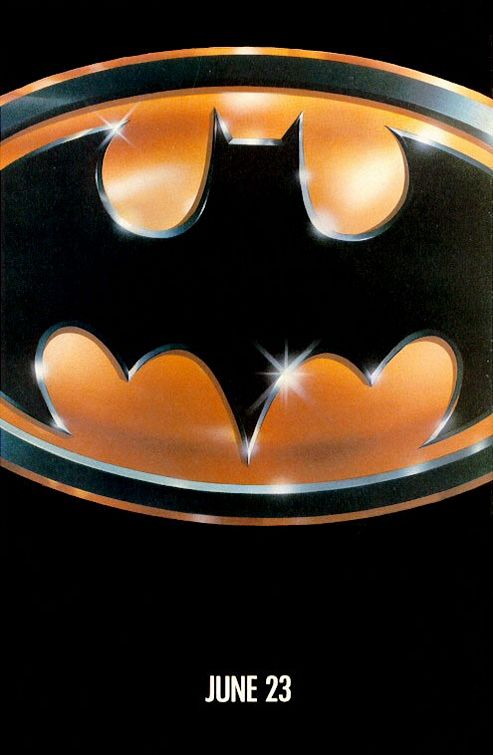
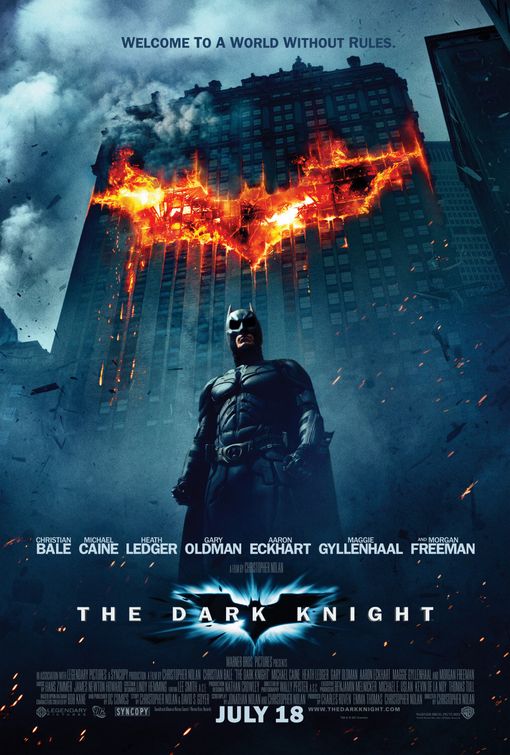
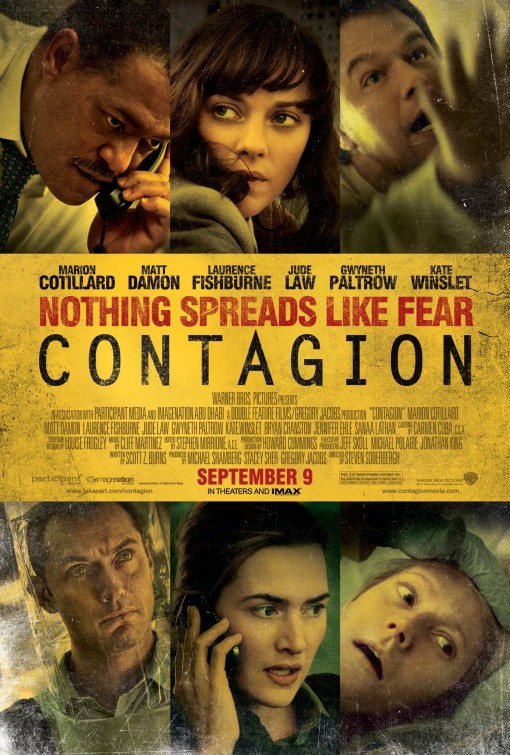
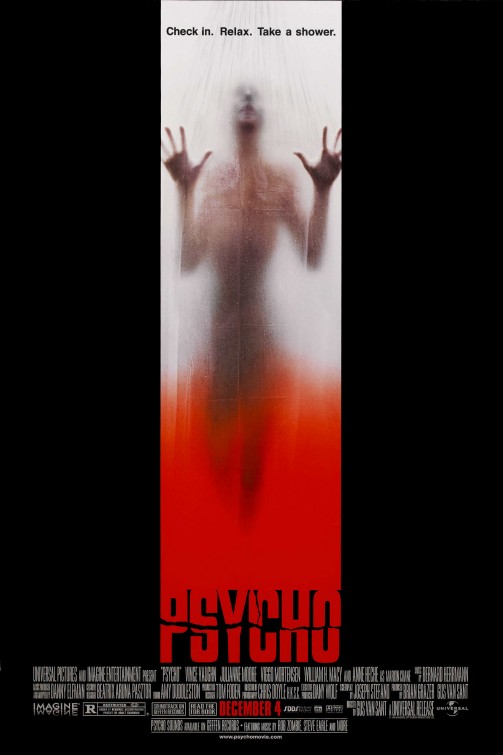
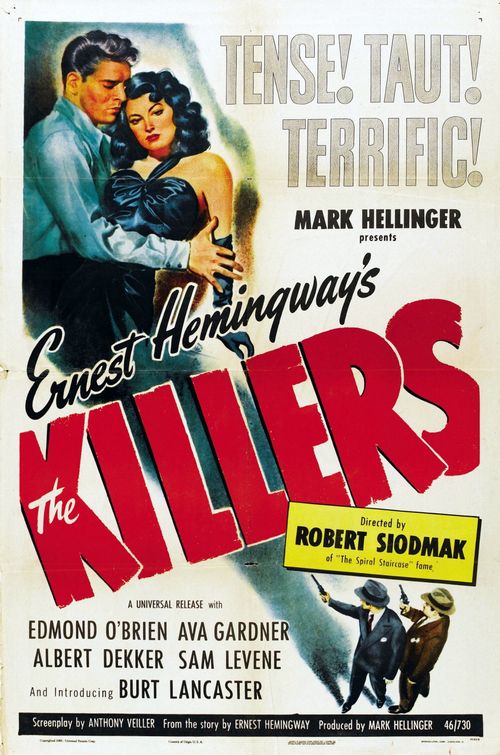
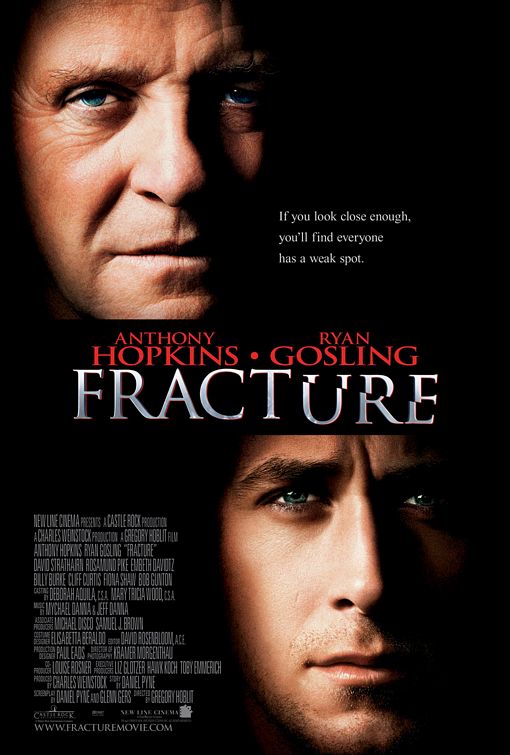
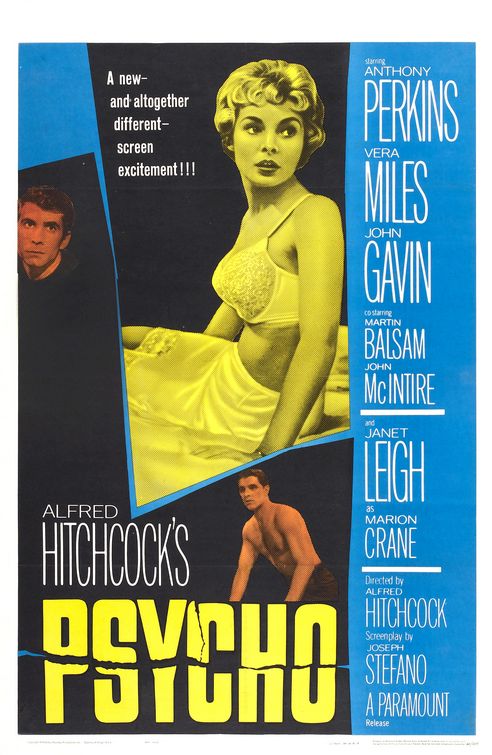
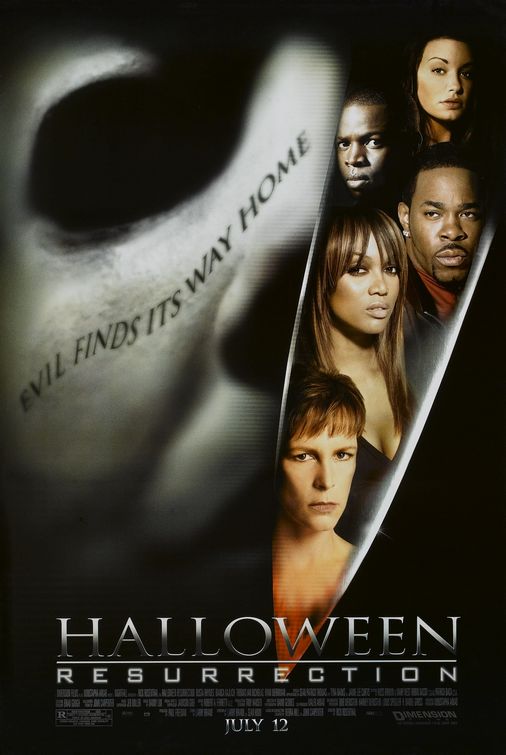
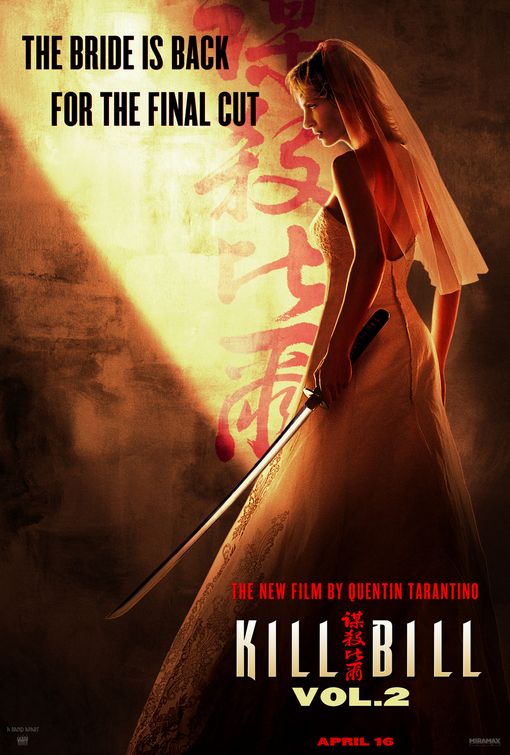
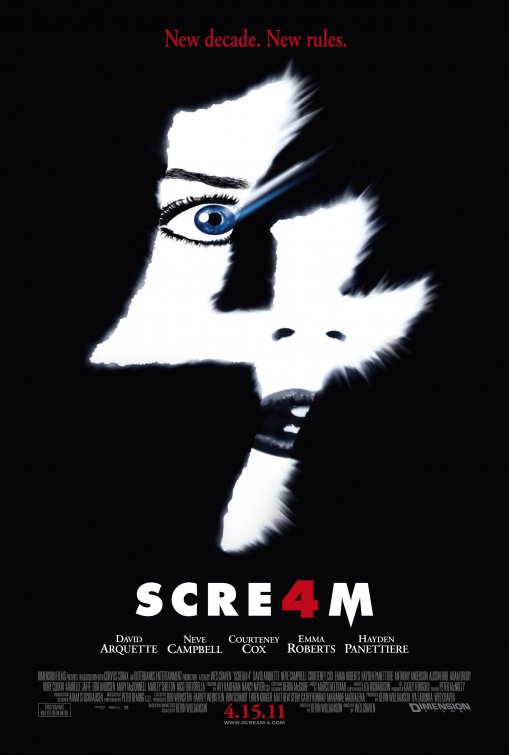
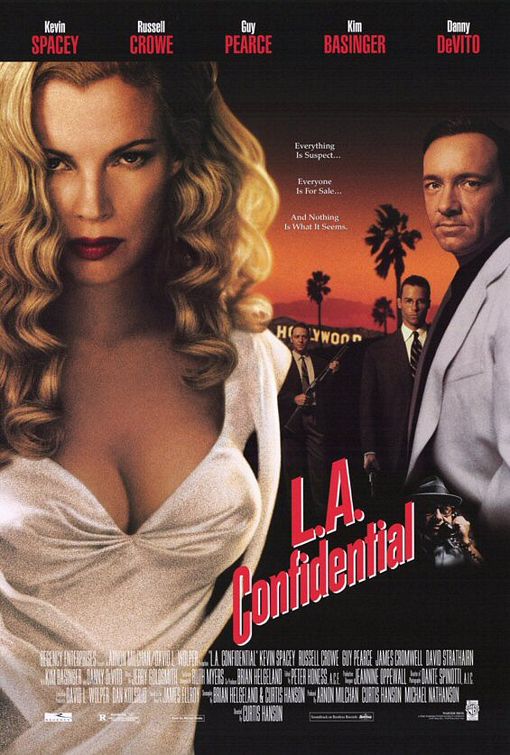
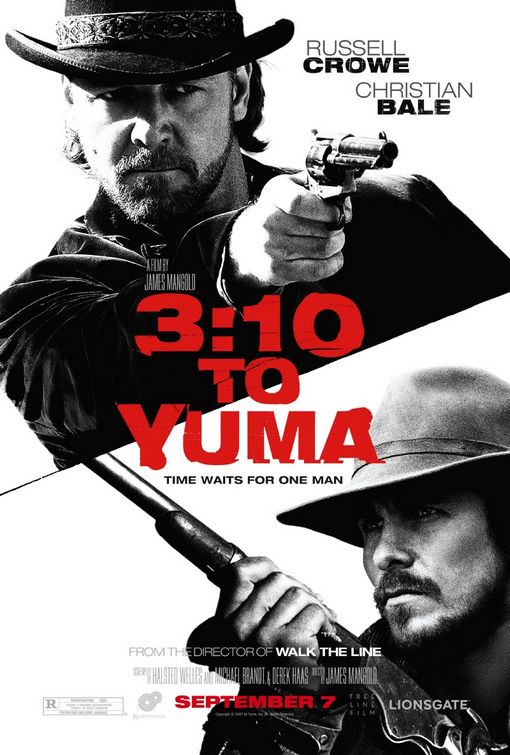
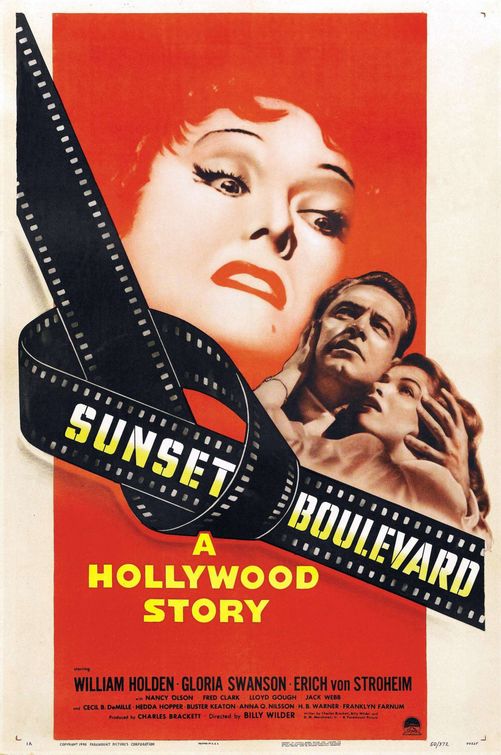
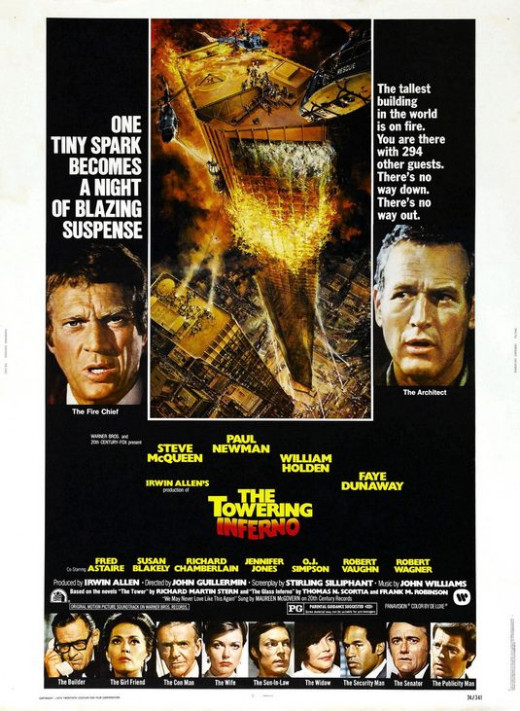
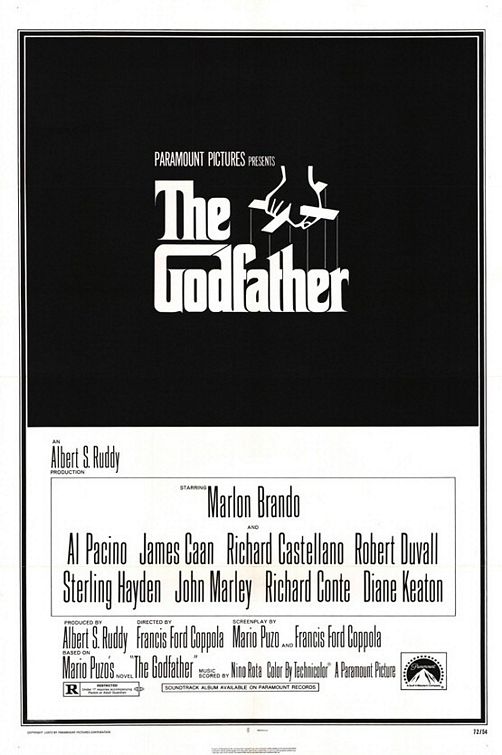
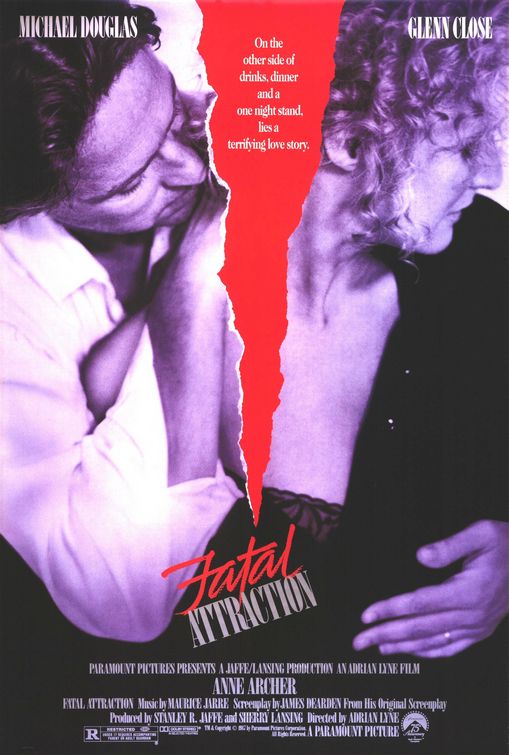
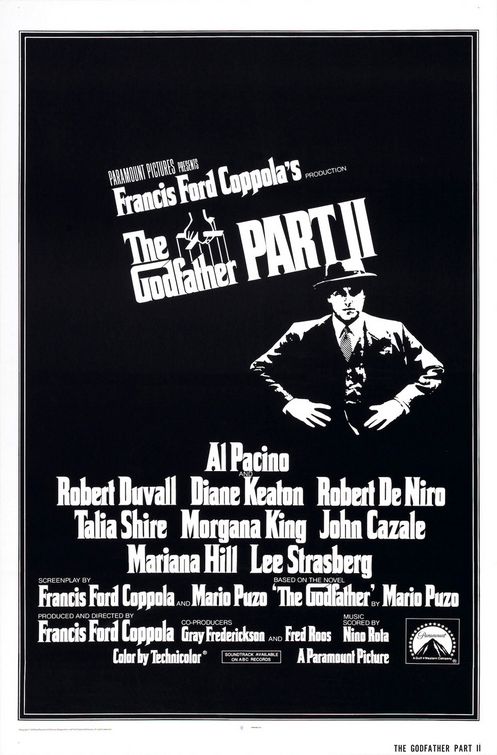
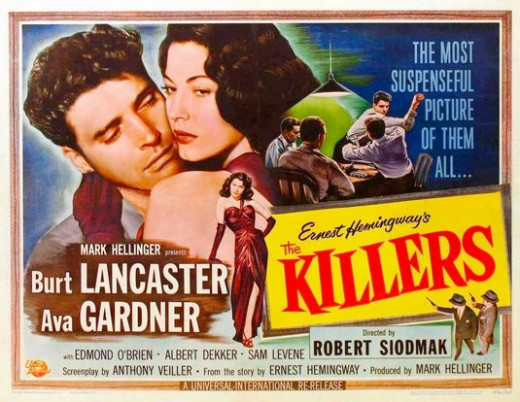
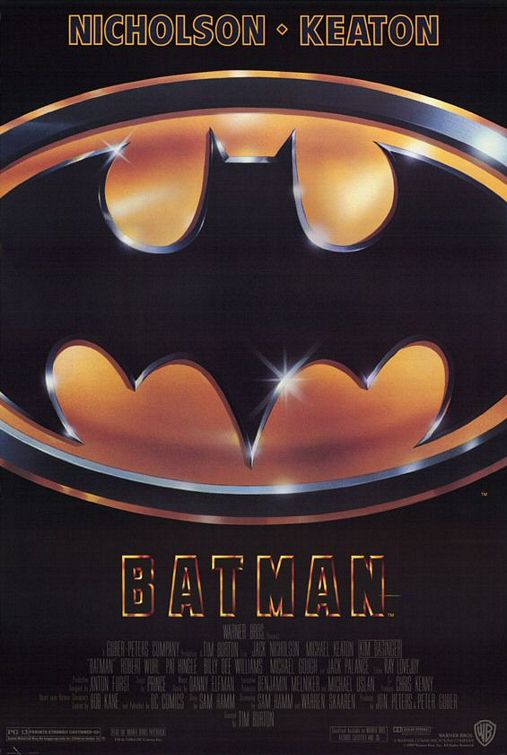
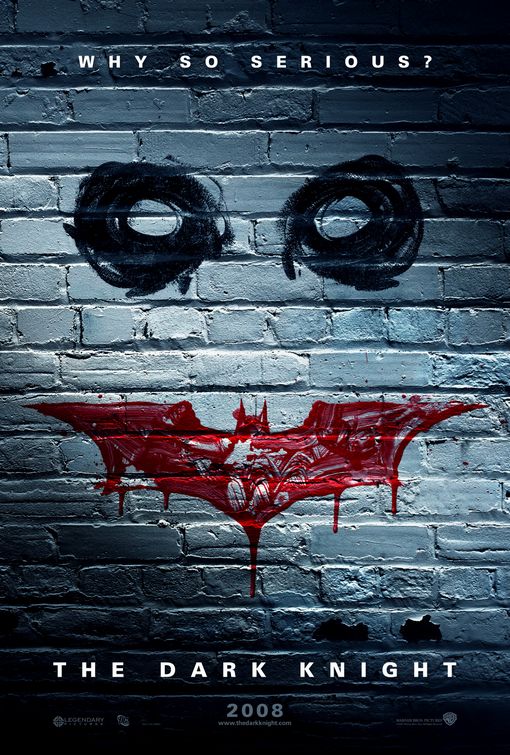
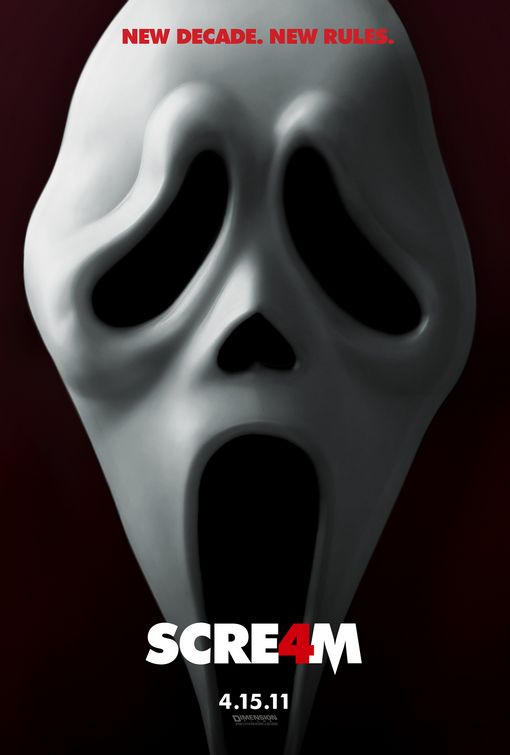
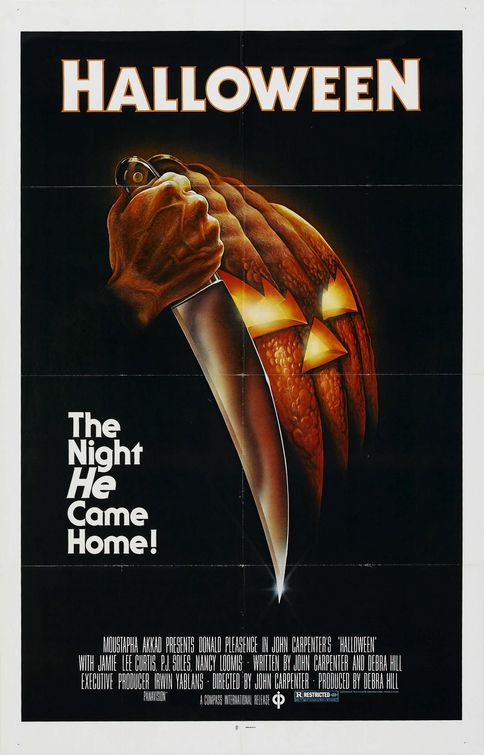
When people often think of the word exit, it's simply a means to leave a room or depart from something with great impact? It could be a turn in the right or the wrong direction, or something entirely different. An exit could be considered a departure done with the right amount of dignity and an extra amount of fanfare if you played your cards right. What if you decided to choose a different career path or move across the country? It's all about timing and making the right decision.
In the context of Hollywood, a good movie exit allows for an actor or actress a chance to give viewers something that they won't forget anytime soon. Look at The Godfather when James Caan's Sonny was killed in a shockingly brutal fashion that viewers will never forget. Caan's exit was the ultimate product of his character's impulsive actions and forced his family to see that their decisions had consequences. As for The Godfather: Part II, Michael (Al Pacino) had his brother (John Cazale) killed after he made the mistake of betraying him. Cazale's demise paved the way for Pacino's Michael to lose the last remaining shred of his humanity. After it was done, Michael lost everything that meant everything to him emotionally.
Here is a breakdown of seven of the best and seven of the most disappointing on-screen demises done in recent history. Some of the chosen films were based on sentimental value, storytelling standards and a strong performance. Of course, not every on-screen exit was given the right amount of care, which caused some of them to fall short. Read on to see if you agree or disagree with what's been chosen.
Bing Bang Boom Sign-Off
Best: The Joker (Jack Nicholson) in Batman (1989)- When it comes to iconic film roles, Nicholson has had his fair share of them through his successful Hollywood career that ranged from humorous to unpredictable. Moviegoers never knew what they were going to get whenever he came on-screen. As for playing a classic Batman villain, the Academy Award winner put his own spin on the character by adding the right amount of maniac charm to keep viewers interested and disturbed at the same time. For his on-screen send-off, Nicholson gave his character the opportunity to confront Batman (Michael Keaton) for reasons that went beyond their mere common fascination with the same woman (Kim Basinger). As The Joker stated earlier, it was better to "go out with a smile." The character did just as he literally fell to his death and died with a smile on his face. It could've been a gruesome sight, but The Joker's death seemed to fit the classic character perfectly.
The Worst: Rachel (Maggie Gyllenhaal) in The Dark Knight (2008)- Sadly, Gyllenhaal didn't get much of an opportunity to prove her character was a viable love interest for Bale's tormented Batman. She was the second actress to play the underdeveloped character and her demise had some story impact, but it seemed more like a mere footnote every time the late Heath Ledger came on the screen as The Joker. Gyllenhaal's Rachel died in a warehouse explosion after Batman chose to save Harvey Dent (Aaron Eckhart) instead of her. Sure, the explosion was an effective use of special effects, but not much in the way of genuine emotion towards the character. A more personal exit might've made better sense for the character and viewers to truly feel Batman's pain. In the end, Rachel was only a supporting character in the grand scheme of things, so her demise could easily be overlooked until the time was right to honor the character.
Scream Queen Turned Victim
The Best: Marion Crane (Janet Leigh) in Psycho (1960)- As for classic film heroines, Leigh's Marion was the ultimate character who presented a mixture of innocence and sin at the same time. Her character went on the run after she did something questionable. Her death was the ultimate way that she paid the price for doing something so reckless. Once she met the unstable Norman Bates (Anthony Perkins), her fate was sealed. Leigh's shower scene death might pale in comparison to more recent screen deaths that focused more on blood and guts than anything else. Hitchcock made Leigh's death scene shocking because he made the risky decision to kill off his major star very early into the movie. That scene also made viewers want to avoid taking a shower anytime soon, even Leigh herself was scared to take one after making the film.
The Worst: Laurie Strode (Jamie Lee Curtis) in Halloween: Resurrection (2002)- In Halloween, Curtis was presented as a strong heroine who confronted evil multiple times and managed to survive every time. Sadly, Curtis' iconic film heroine didn't get the last laugh in this disappointing sequel that shouldn't have been made. Laurie became an early casualty in the movie after Michael Myers finally killed her while she was staying in an insane asylum. Curtis tried to give Laurie's death some dignity, but it was more depressing than anything else. It was a shame that this classic horror movie character didn't the proper exit that she deserved: bloody and one where she fought to stay alive. Her demise should've concluded the film instead of being an opening afterthought.
Final Villain Confrontation
The Best: Bill (David Carradine) in Kill Bill: Volume II (2004)- Carradine played Bill as a sense of Jedi calm even as he planned to kill someone. The late actor's on-screen demise had a different impact than the rest of the players that Uma Thurman's Bride killed with great passion. Those on-screen deaths were bloody in every sense of the word, but it was Carradine's exit that had the greatest emotional impact of all. Thurman's character got to confront the man she once loved who tried to have her killed over a case of misunderstanding. Bill thought that she left him, but she was trying to unprotect their unborn child instead. When Thurman got to square off with Carradine, they mostly talked about what led them to this point and had a brief moment with their daughter before she killed in the quickest way possible. What made the confrontation memorable was that no blood was shed in the process, which was a rare change of pace in terms of movie violence.
The Worst: Jill (Emma Roberts) in Scream 4 (2011)- In terms of movie sequels, Scream 4 was very unnecessary. Too much time had passed between the last film and this one. It also didn't help that the killer pulling all the strings was a psychotic teenage girl who wanted to be famous. When it was revealed that Sydney's cousin Jill was the killer, viewers were thrown for all the wrong reasons. Roberts' portrayal was too over-the-top and her death scene was even more so. Her demise was a relief for the film's surviving victims, but it was even more so to viewers because Roberts' Jill was too unlikable to have any redeeming qualities. Luckily, she won't be back if there was ever another sequel down the line.
Oscar Winner's Death Scene
The Best: Jack Vincennes (Kevin Spacey) in L.A. Confidential (1997)- When the film was released, Spacey's career was at all time high after he won an Oscar for The Usual Suspects and a memorable villain role in Seven. Spacey's Jack in L.A. Confidential was the ultimate tragic character who danced a moral tightrope and paid the ultimate price when he decided to grow a conscience. Jack was a cop who acted like he was a matinee idol, but he sacrificed his morality to gain some professional perks. After a crisis of conscience, Spacey's Jack tried to do the right thing and solve a brutal murder, except he told the wrong person the truth and he was murdered because of it. Jack's death was tragic, but his character got the last laugh when he left a clue behind as to who killed him. He might have paid dearly with his life, but his killer soon got what he deserved as well.
The Worst: Dan Evans (Christian Bale) in 3:10 to Yuma (2007)- Bale's Dan was supposed to be the flawed regular guy who took on a dangerous assignment to make sure a violent criminal (Russell Crowe) was punished for his sins. Unfortunately, Crowe's character seemed to get all of the meatier material and was able to evolve into an anti-hero of sorts. Bale's demise was sad because Dan never got to finish what he wanted to accomplish. His death was a blow for regular guys trying to earn a living. The character tried to fight back, but he didn't get much of a chance when he was brutally gunned down by Ben Foster's murderous villain. It's a shame that Bale didn't get much of a chance to showcase more of Dan's darker side, but he luckily got that chance when he played Batman in Christopher Nolan's Dark Knight trilogy.
Most Brutal Death Scene
The Best: Beth Emhoff (Gwyneth Paltrow) in Contagion (2011)- This Steven Soderbergh directed thriller helped to show how the evolution of a fast spreading disease happened after an innocent encounter. Paltrow's Beth was the first casualty of this unknown disease and her death scene was shocking and brutal in every sense of the world. On the surface, Beth was a devoted wife and mother who suffered a senseless death that left everyone reeling from the CDC to her grieving husband (Matt Damon). After a rapidly detailed investigation, viewers soon learned that Beth wasn't as saintly as she appeared to be. She made the mistake of cheating on her husband before she died and her lack of awareness for her failing health caused the deaths of millions. Even though Paltrow's screentime was limited, her shocking exit will be remembered long after the end credits rolled.
The Worst: Marion Crane (Anne Heche) in Psycho (1998)- In terms of brutal and senseless film deaths, Heche's demise as Marion Crane in this unnecessary remake to the classic Alfred Hitchcock should've never been greenlit from the start. This remake did nothing differently from the original, except gross viewers out by adding an extra element of disgust to make viewers squirm. This time around the new Marion Crane became an object of disturbing lust that Hitchcock took painstaking efforts to not put on display in the original film. By the time her death scene came around, viewers were disturbed for all the wrong reasons. A travesty from start to finish.
Victim of Circumstance
The Best: Ole "Swede" Anderson (Burt Lancaster) in The Killers (1946)- This film was Lancaster's first film role and it introduced moviegoers to a star in the making. Lancaster embodied Ole with the right amount of brute force and vulnerability. He would fight anyone who got in his way, but his character turned to jelly whenever Ava Gardner's Kitty walked past him. Sadly, Lancaster's Ole couldn't see that Kitty's presence in his life would only lead to ruin, which it did when he was brutally murdered after going on the run for a crime gone wrong. Lancaster's character died very early in the movie and his scenes were mostly flashbacks that showed how he ended up the victim of foul play. The film's ending revealed that Kitty wasn't the only one that betrayed Ole, which no one saw coming. Ole's demise was shocking and tragic because the character never had a chance to fix his mistakes or get to find out why he was led down the wrong path. Sad indeed.
The Worst: Jennifer Crawford (Embeth Davidtz) in Fracture (2007)- Davidtz tried to give some emotional substance to a character who was merely there to be used as a tool to further along the storyline behind Anthony Hopkins and Ryan Gosling. For most of the film, Davidtz's Jennifer was in a coma after Hopkins' character tried to kill her for cheating on him. It was an act of revenge that was cold, calculating and all too brief. Davidtz never had the chance to give her character more to do emotional than be the victim of foul play. If there were more flashbacks to flesh Davidtz's character out, Jennifer's shooting might have had a much greater impact from the very start.
Old Hollywood Storytelling/Special Effects
The Best: Joe Gillis (William Holden) in Sunset Boulevard (1950)- Holden's on-screen demise threw a major curve ball for moviegoers because his character was murdered in the very beginning of the film. When he fell into the swimming pool after getting fatally shot, no one knew what direction the story was going to go next. After a major star gets killed that early into a movie, everything else seemed to be child's play in comparison. The story was entirely told in flashback by his now dead character to telling viewers how he ended up being a casualty of Hollywood. Holden embodied Joe as a struggling writer who made the ultimate mistake of aligning himself with a mentally unstable film star (Gloria Swanson) who was no longer on the A List. He tried to charm his way into becoming famous, but he found himself becoming a pawn in another person's quest for fame.
The Worst: Lisolette (Jennifer Jones) in The Towering Inferno (1974)- By the time this film was released, most action stars were full of special effects and an extra large cast of A List stars to boot. In the case of Jones' character, she was only a supporting player who ended up getting stuck in a burning high rise by chance. Lisolette's death was tragic because she sacrificed herself to save the life of an innocent child. What ended up ruining Jones' exit was the fact that it seemed to only impact the viewers and Fred Astaire's character. It was understandable that not every character got the same attention as other stars, but the movie should've touched upon Lisolette's death a little more to give viewers a sense of closure. Sadly, that won't get to happen, unless Hollywood foolishly tries to remake it. Let's hope that doesn't happen. No one should mess with quality entertainment unless it was absolutely necessary.
In the end, a movie is only as good as it's on-screen death scene. When a bad guy gets their just dessers, moviegoers quietly cheer in relief. After Glenn Close's unstable Alex was killed in Fatal Attraction, viewers were relieved that she was taken down after she crossed too many lines. Sure, Close might not have been fond of the violent ending, but it was right for the story to end on such a conclusive note than leave it on a vague notion between guilt and innocence. When a movie exit is done right, viewers will forgive almost anything, even if the story wasn't entirely perfect. That's definitely for certain. If not, the movie will fail long before it reaches its end credits.

